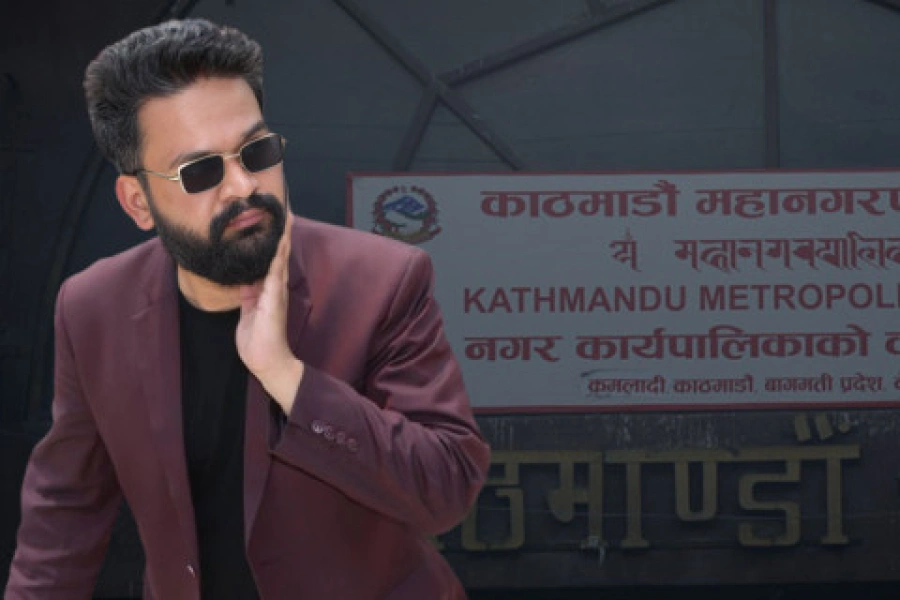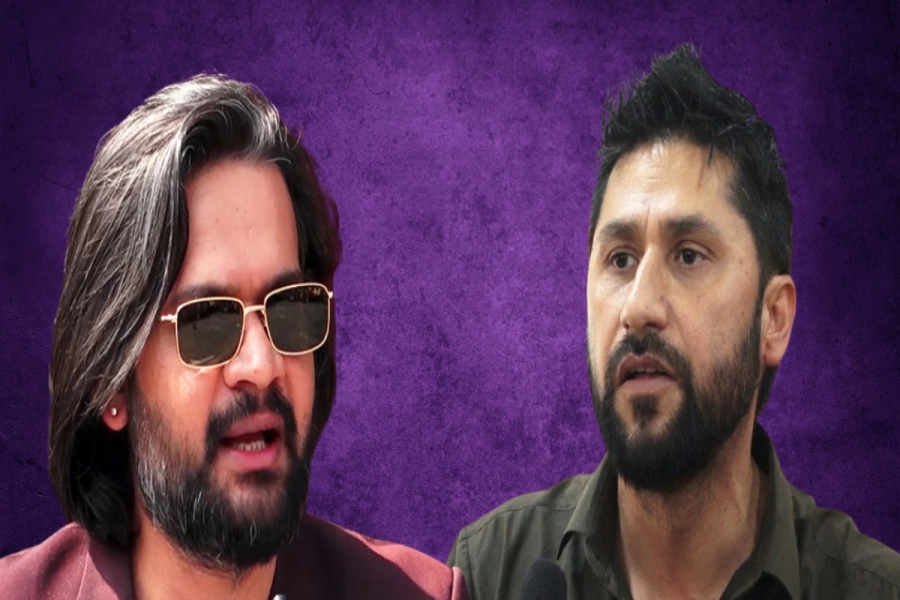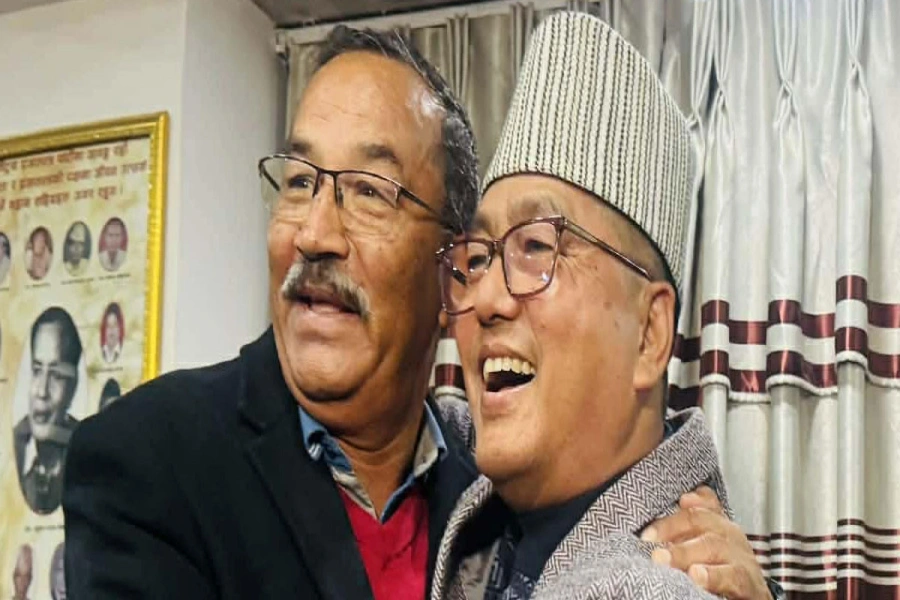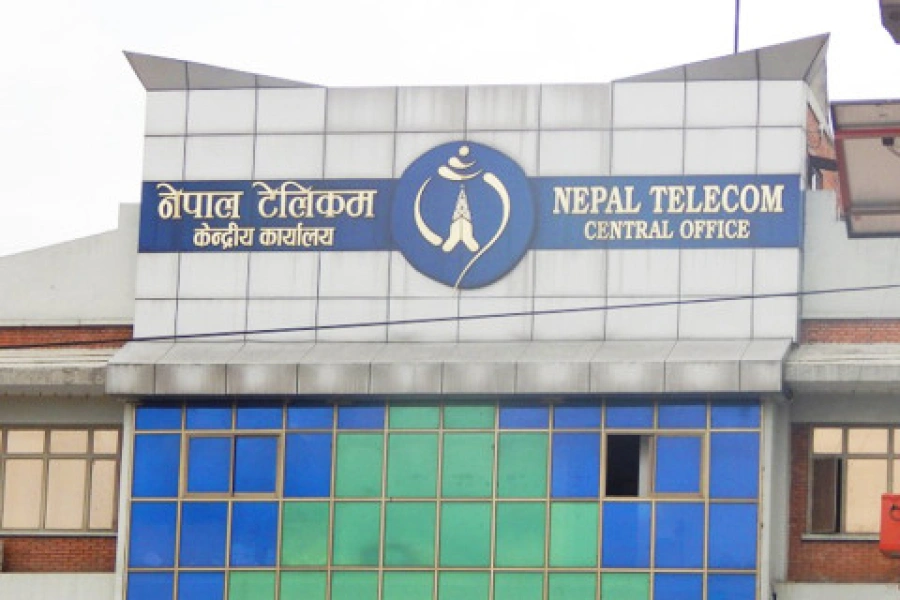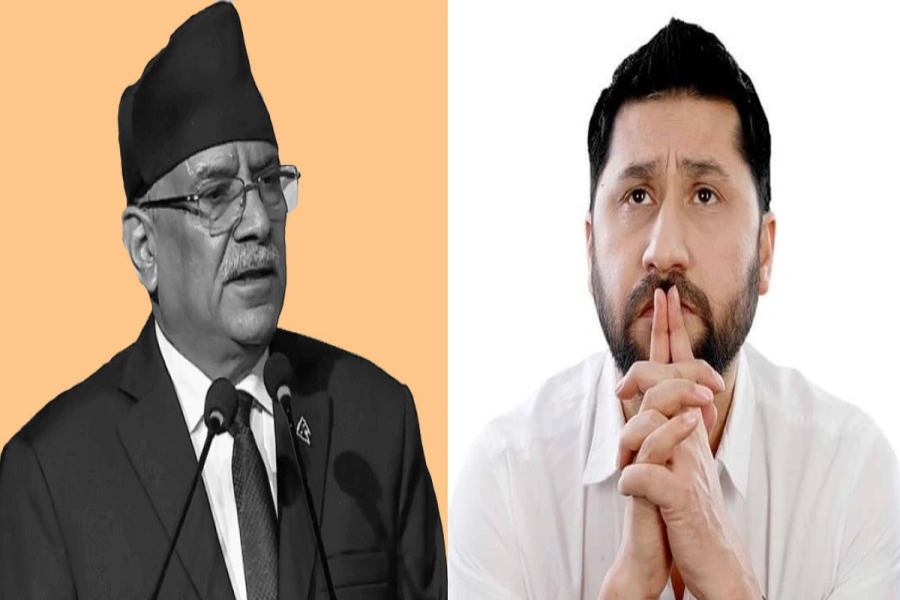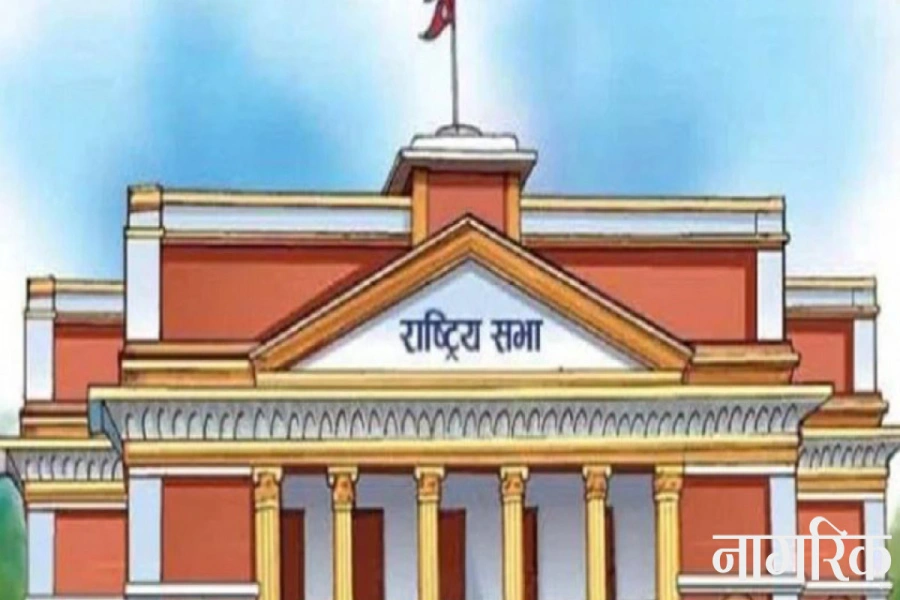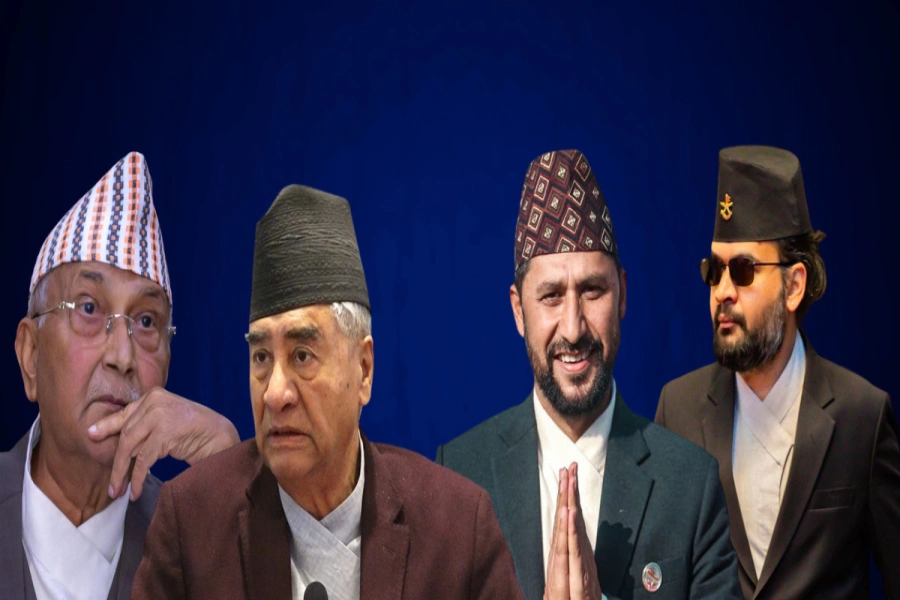What makes for a compelling read? – This is a question that has always baffled and continues to baffle writers, would-be writers, and publishers. Even for a reader like me, this is a perplexing question. For every book I read, I have a different thought about what did or didn’t make it special.
It’s even more difficult to make a translation of a non-fiction – a spiritual book for that matter – a compelling read.
It’s almost impossible, unless certain criteria are met: The translator has excellent understanding of the subject matter, s/he has totally internalized the content, and has a perfect grasp of both the original and translated languages. If the translator is able to attune himself with the original author and can think like him, then the translated work can be perfect. But seldom are all these criteria met.
When I bought a copy of the recently published ‘Chitta Khulos Hridaya Sangai’, Nepali translation of Tsoknyi Rinpoche’s acclaimed international bestseller ‘Open Heart, Open Mind’, and read a few paragraphs here and there, I felt I had finally come across a book that met more than one of those criteria. I had been reading the original English version for a few years before the Nepali version came out. But I have never completed it. The wealth of wisdom contained in each small section within the 14 chapters requires pondering for hours or even days. So, I have not yet finished reading that book. That life-changing book is to be read bit by bit, slowly, and fully.
For Dr Saroj Dhital, the translator, the experience was similar. He had to go through it slowly, carefully, and deeply—not reading but imbibing the book—to be able to translate the contents into another language. For the noted professor of surgery, it was a work of dissecting the contents in his mind with the scalpel of his intellect. It was a work of putting the contents in the frame of another language, where the exact vocabulary did not exist for the abstract Buddhist concepts coming from classical Tibetan and Sanskrit. It was a work of churning the profound knowledge on the operating table of his own wisdom—which he humbly calls a nascent one—to transform the text of a second language into easy, legible, and free-flowing sentences of his own mother tongue.
Prime Life, Union Life and Gurans Life ink a merger agreement

When I talk to people about rich and deep books, and when they proclaim that they ‘read that book in one sitting,’ I always feel like telling them that they have missed the whole point. In haste of finishing the book, they just skimmed it. They didn’t actually ‘read’ it. But I’m not the one to try and gain satisfaction from hurting people’s egos—or inflating them. So I keep silent.
It’s very rare that people get engrossed in a book, finish it in one sitting, and fully understand every little point of the book. I’m talking about books that have a potential to change your lives. The book in case, ‘Chitta Khulos Hridaya Sangai’, or its original English version ‘Open Heart, Open Mind’, is one such book.
However, for ‘Chitta Khulos Hridaya Sangai,’ it’s difficult to put down the book once you open it. It happened with a journalist colleague of mine, who saw the book lying on my desk, read the first page, and simply couldn’t put it down.
Yet, despite the incredibly pleasing and smooth Nepali, the depth of the contents requires intensive reading. For the translator, it was almost a life changing experience. It took quite a long time to get the 256 pages translated—five years to be exact. But again, it was not just about translating the text – it was about delivering the contents in another language after absorbing it within to the extent possible.
In the book, Rinpoche swiftly and skillfully guides the readers through some of the trickiest Buddhist concepts such as emptiness (tongpa-nyi in Tibetan), clarity, and luminosity (ö-sel-wa) to the core of the book—essence love (nying-jé). Essence love, the author explains, is the basic tendency of the heart to open unconditionally.
“Essence love, like emptiness and clarity, stands beyond all the names we call ourselves and the roles we play in life – son, daughter, father, mother, husband, wife, and so on,” the author explains. “It may best be described as a very basic sense of well-being, which, if nurtured properly, can extend to a kinship with all other living beings.”
To put it in context, the author quotes Albert Einstein, who once wrote to a friend: “A human being is a part of a whole called by us the universe.”
Not only does the author present the 2500-years-old Buddhist concepts in a language that youths of today can easily relate to, he also guides us through simple yet profound practices of meditation so the concepts sink in the minds of the readers.
As my journalist colleague shared with me later, “Reading this book is like someone holding your hand and guiding you for the journey ahead—telling you to keep on no matter how many times you fall. It lays open the struggles, even the subtlest ones, in the journey of a spiritual seeker.”
Rinpoche, a Nepali citizen from a remote village of Nubri Valley in Gorkha district, has long been touring the world, teaching people of all professions and nationalities. Most of his discourses are in English or Tibetan language. This Nepali translation is for the benefit of Nepali readers who can’t read the English version.
Book: Chitta Khulos Hridaya Sangai (Nepali translation of Open Heart, Open Mind)
Author: Tsoknyi Rinpoche
Translator: Dr Saroj Dhital
Publisher: Alchemy Publications
Price: Rs 450
Pages: 261




